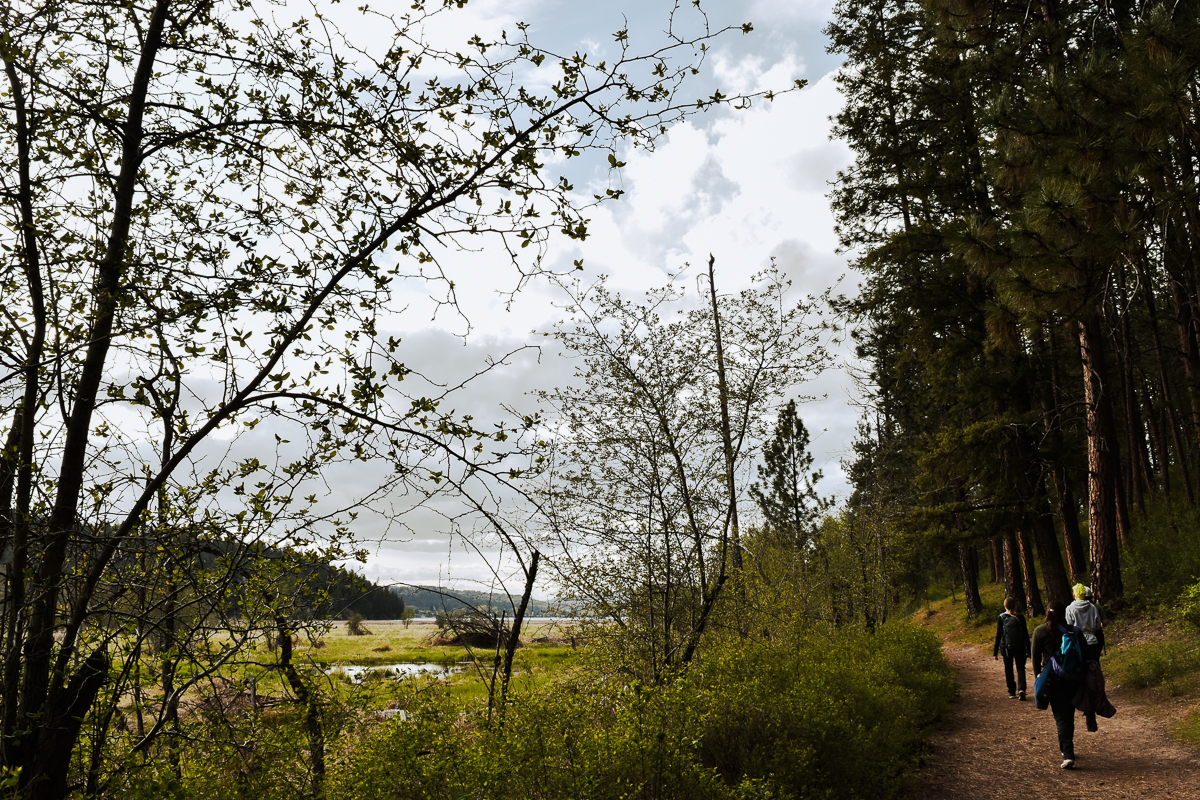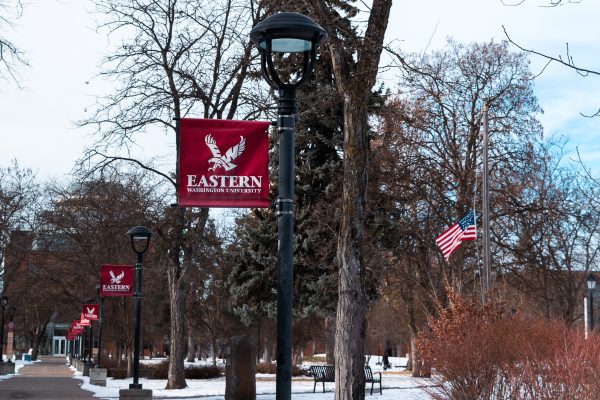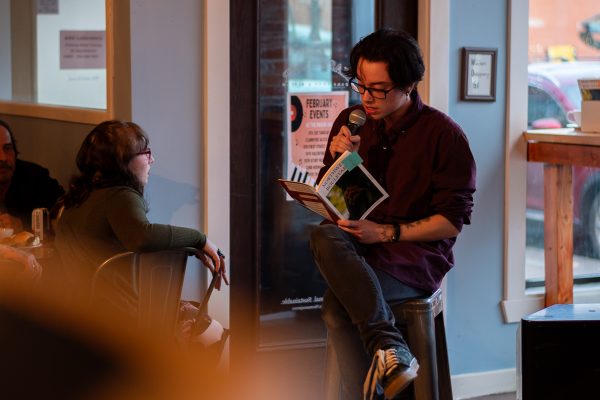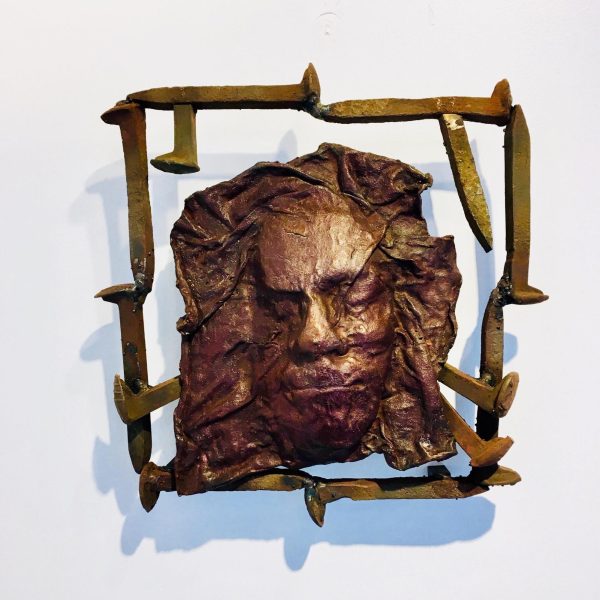Eating our ‘roots’ brings cultures together
February 28, 2018
Eating our “Roots” was an event held last Thursday Feb. 22 that shared knowledge about food ways and what the interconnections are among different cultural groups.
The event highlighted African culinary influences in Latinx food practices. In a collaborative effort between the Africana studies program and food studies taught by Norma Cardenas, interim director of the Chicana and Chicano Studies program, a presentation explained how food is integrated between all cultures including African and Hispanic cultures.
“I think there should be more of this, especially with such topics like food because it’s so accessible, you know, everybody eats and everybody thinks that they have an informed opinion about food,” Cardenas said. “Food is a social glue, it just brings folks together.”
Cardenas describes food as a heuristic device because food can be used as a conversation for many topics including economics, immigration, health and policies.
“So it really does lend itself to blend, to bring all of these issues and talk about those issues in a very comprehensive and interdisciplinary way,” Cardenas said.
The event was located in the Women and Gender Studies lounge, which was completely full of students and faculty for the presentation. Cardenas was pleased with the turnout.
“I could not have been more delighted to see people here who are interested in food,” said Cardenas. “I’ve given multiple presentations about food in this space for the contemporary feminists research issues that the women’s studies program organizes, so they’ve always been around food. It’s a very appealing topic that draws people in and it’s something that should concern us all. It’s about how we nourish ourselves and sustain our lives so it makes sense to have these be more regular.”
As an example of food that is rooted from cultural identity, Cardenas’ food studies class chose to use camotes, a Mexican sweet potato dish, as the anchor for the presentation.
Junior Marina Guerrero suggested it because it reminded her of home.
“I told her, you know, my father he makes this back home and I’m from Wenatchee so I needed something homey to make me feel good and that food really makes a connection with my culture and with my dad,” Guerrero said.
Guerrero actually prepared the camotes that was used to feed everyone who attended the presentation and said it was her first time making it.
“It’s sweet potatoes and then there’s something called piloncillo, […], they look like hard rock candies and they are brown,” said Guerrero. “They dissolve in the water and everything gets vaporized together and boiled together. There’s a little water added, less than half of what’s contained inside of it, piloncillo and sweet potatoes and that’s it. You can also add milk to it.”
Cardenas mentioned that food is a major component of culture and it is how we maintain and show who we are in terms of our identity.
“I think it’s important to raise awareness that there are all kinds of food from all kinds of places and everything,” said Guerrero. “It’s important to get to know each other’s roots and cultures and it starts with our food that we eat everyday. Yeah, something might look a little different but it will still be good if you try it. I like that there were all kinds of people here and that food brought us together.”
















